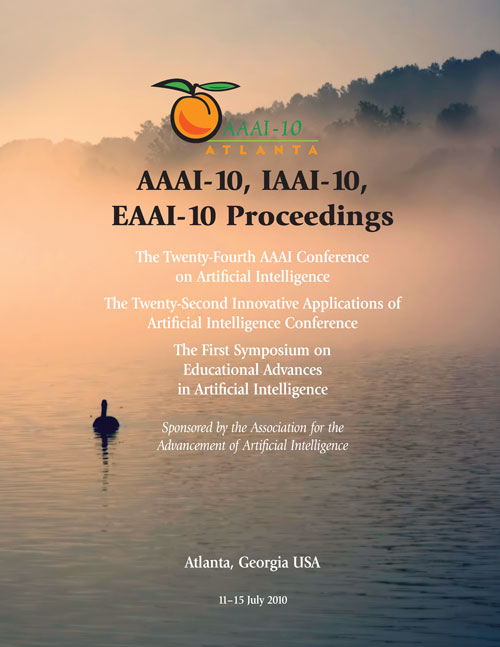Leveraging Mixed Reality Infrastructure for Robotics and Applied AI Instruction
DOI:
https://doi.org/10.1609/aaai.v24i3.18828Abstract
Mixed reality is an important classroom tool for managing complexity from both the students' and instructor's standpoints. It can be used to provide important scaffolds when introducing robotics, by allowing elements of perception and control to be abstracted, and these abstractions removed as a course progresses (or left in place to introduce robotics to younger groups of students). In prior work, we have illustrated the potential of this approach both in providing scaffolding, building an inexpensive robotics laboratory, and also providing control of evaluation of robotics environments for student evaluation and scientific experimentation. In this paper, we explore integrating extensions and improvements to the mixed reality components themselves as part of a course in applied artificial intelligence and robotics. We present a set of assignments that in addition to exploring robotics concepts, actively integrate creating or improving mixed reality components. We find that this approach better leverages the advantages brought about by mixed reality in terms of student motivation, and also provides some very useful software engineering experience to the students.

